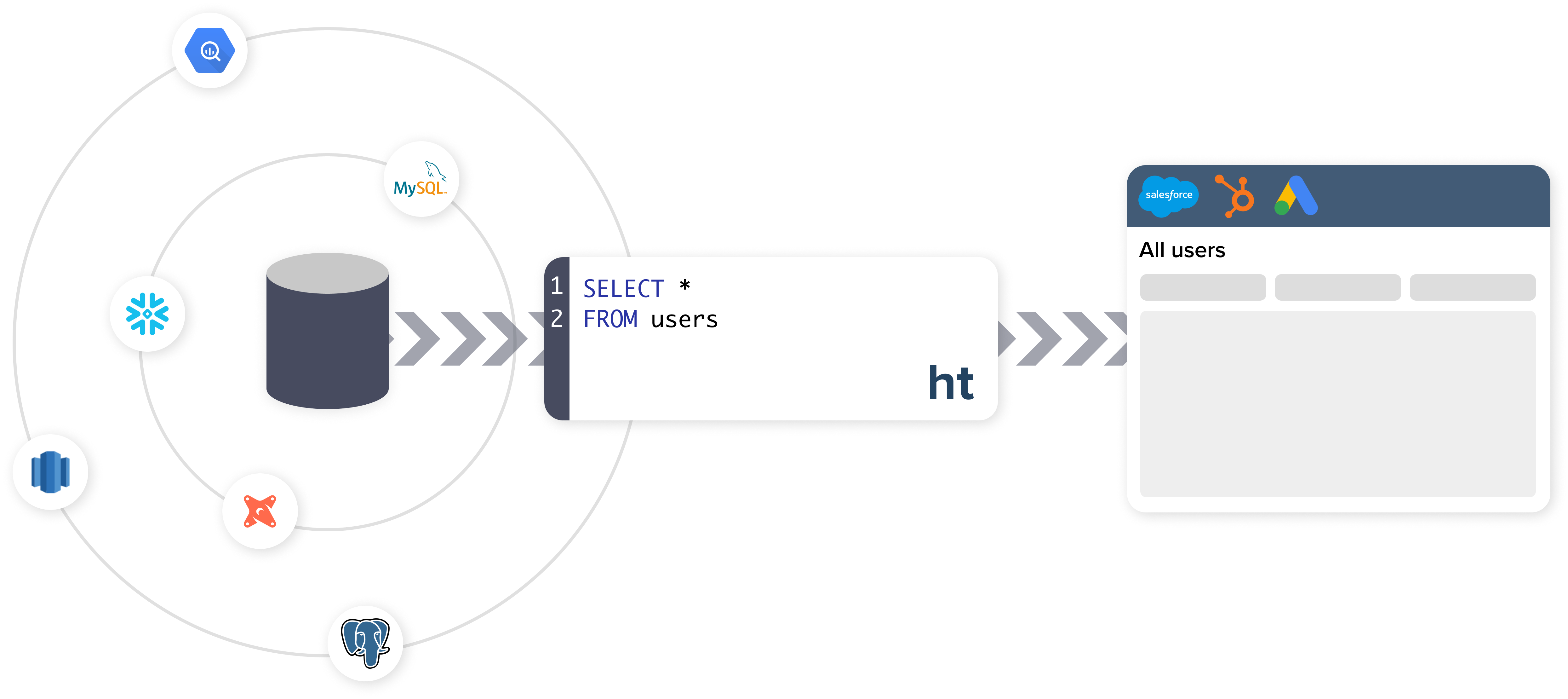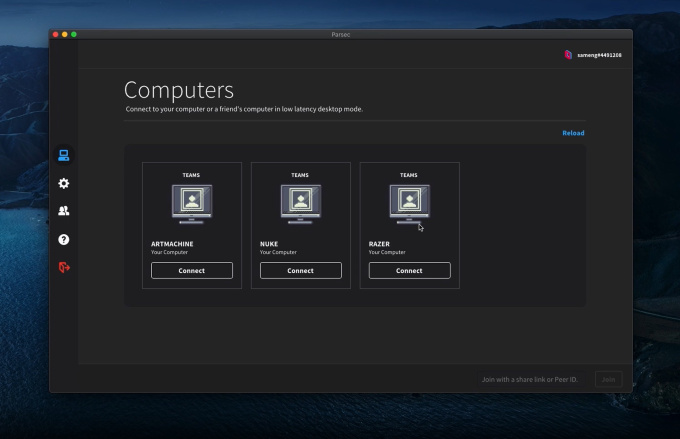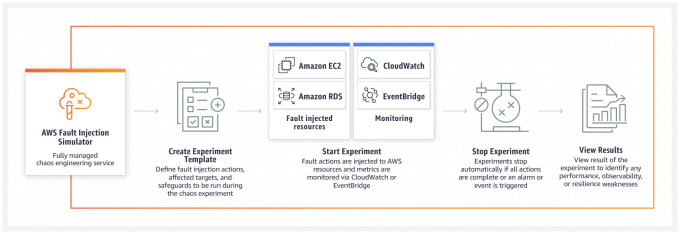Businesses today feel, more than ever, the imperative to have flexible e-commerce strategies in place, able to connect with would-be customers wherever they might be. That market driver has now led to a significant growth round for a startup that is helping the larger of these businesses, including those targeting the B2B market, build out their digital sales operations with more agile, responsive e-commerce solutions.
Spryker, which provides a full suite of e-commerce tools for businesses — starting with a platform to bring a company’s inventory online, through to tools to analyse and measure how that inventory is selling and where, and then adding voice commerce, subscriptions, click & collect, IoT commerce and other new features and channels to improve the mix — has closed a round of $130 million.
It plans to use the funding to expand its own technology tools, as well as grow internationally. The company makes revenues in the mid-eight figures (so, around $50 million annually) and some 10% of its revenues currently come from the U.S. The plan will be to grow that business as part of its wider expansion, tackling a market for e-commerce software that is estimated to be worth some $7 billion annually.
The Series C was led by TCV — the storied investor that has backed giants like Facebook, Airbnb, Netflix, Spotify and Splunk, as well as interesting, up-and-coming e-commerce “plumbing” startups like Spryker, Relex and more. Previous backers One Peak and Project A Ventures also participated.
We understand that this latest funding values Berlin -based Spryker at more than $500 million.
Spryker today has around 150 customers, global businesses that run the gamut from recognised fashion brands through to companies that, as Boris Lokschin, who co-founded the company with Alexander Graf (the two share the title of co-CEOs) put it, are “hidden champions, leaders and brands you have never heard about doing things like selling silicone isolations for windows.” The roster includes Metro, Aldi Süd, Toyota and many others.
The plan will be to continue to support and grow its wider business building e-commerce tools for all kinds of larger companies, but in particular Spryker plans to use this tranche of funding to double down specifically on the B2B opportunity, building more agile e-commerce storefronts and in some cases also developing marketplaces around that.
One might assume that in the world of e-commerce, consumer-facing companies need to be the most dynamic and responsive, not least because they are facing a mass market and all the whims and competitive forces that might drive users to abandon shopping carts, look for better deals elsewhere or simply get distracted by the latest notification of a TikTok video or direct message.
For consumer-facing businesses, making sure they have the latest adtech, marketing tech and tools to improve discovery and conversion is a must.
It turns out that business-facing businesses are no less immune to their own set of customer distractions and challenges — particularly in the current market, buffeted as it is by the global health pandemic and its economic reverberations. They, too, could benefit from testing out new channels and techniques to attract customers, help them with discovery and more.
“We’ve discovered that the model for success for B2B businesses online is not about different people, and not about money. They just don’t have the tooling,” said Graf. “Those that have proven to be more successful are those that are able to move faster, to test out everything that comes to mind.”
Spryker positions itself as the company to help larger businesses do this, much in the way that smaller merchants have adopted solutions from the likes of Shopify .
In some ways, it almost feels like the case of Walmart versus Amazon playing itself out across multiple verticals, and now in the world of B2B.
“One of our biggest DIY customers [which would have previously served a mainly trade-only clientele] had to build a marketplace because of restrictions in their brick and mortar assortment, and in how it could be accessed,” Lokschin said. “You might ask yourself, who really needs more selection? But there are new providers like Mano Mano and Amazon, both offering millions of products. Older companies then have to become marketplaces themselves to remain competitive.”
It seems that even Spryker itself is not immune from that marketplace trend: Part of the funding will be to develop a technology AppStore, where it can itself offer third-party tools to companies to complement what it provides in terms of e-commerce tools.
“We integrate with hundreds of tech providers, including 30-40 payment providers, all of the essential logistics networks,” Lokschin said.
Spryker is part of that category of e-commerce businesses known as “headless” providers — by which they mean those using the tools do so by way of API-based architecture and other easy-to-integrate modules delivered through a “PaaS” (clould-based Platform as a Service) model.
It is not alone in that category: There have been a number of others playing on the same concept to emerge both in Europe and the U.S. They include Commerce Layer in Italy; another startup out of Germany called Commercetools; and Shogun in the U.S.
Spryker’s argument is that by being a newer company (founded in 2018) it has a more up-to-date stack that puts it ahead of older startups and more incumbent players like SAP and Oracle.
That is part of what attracted TCV and others in this round, which was closed earlier than Spryker had even planned to raise (it was aiming for Q2 of next year) but came on good terms.
“The commerce infrastructure market has been a high priority for TCV over the years. It is a large market that is growing rapidly on the back of e-commerce growth,” said Muz Ashraf, a principal at TCV, to TechCrunch. “We have invested across other areas of the commerce stack, including payments (Mollie, Klarna), underlying infrastructure (Redis Labs) as well as systems of engagement (ExactTarget, Sitecore). Traditional offline vendors are increasingly rethinking their digital commerce strategy, more so given what we are living through, and that further acts as a market accelerant.
“Having tracked Spryker for a while now, we think their solution meets the needs of enterprises who are increasingly looking for modern solutions that allow them to live in a best-of-breed world, future-proofing their commerce offerings and allowing them to provide innovative experiences to their consumers.”

![]()








